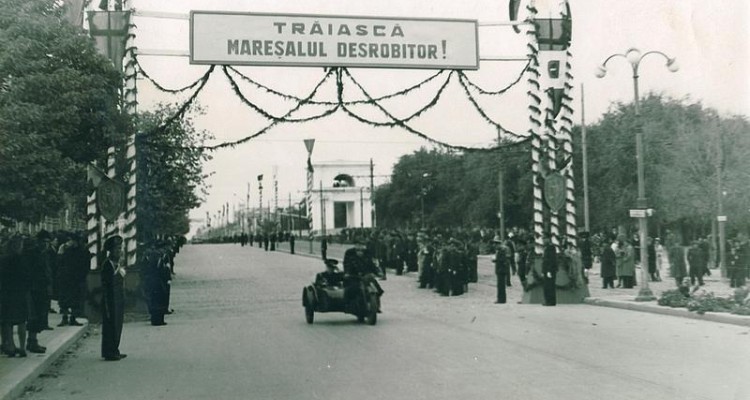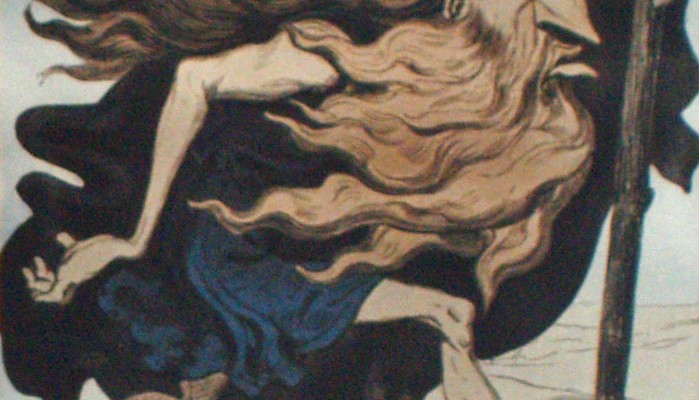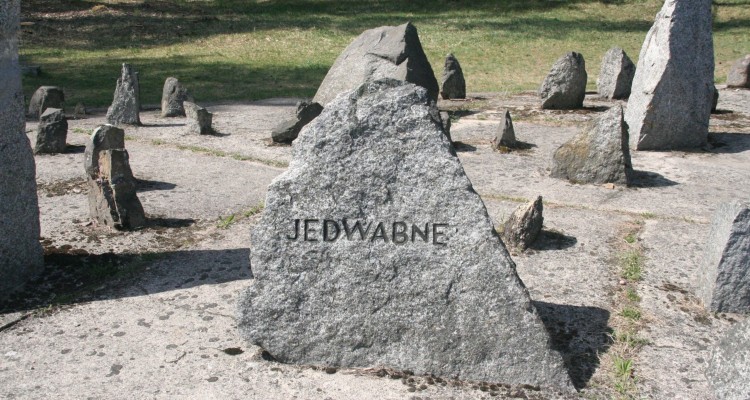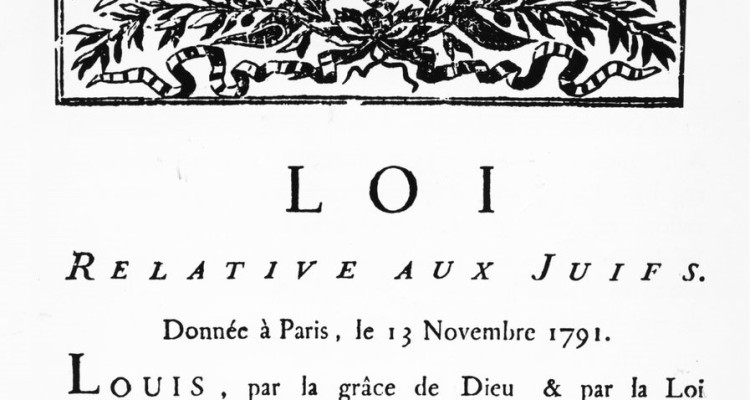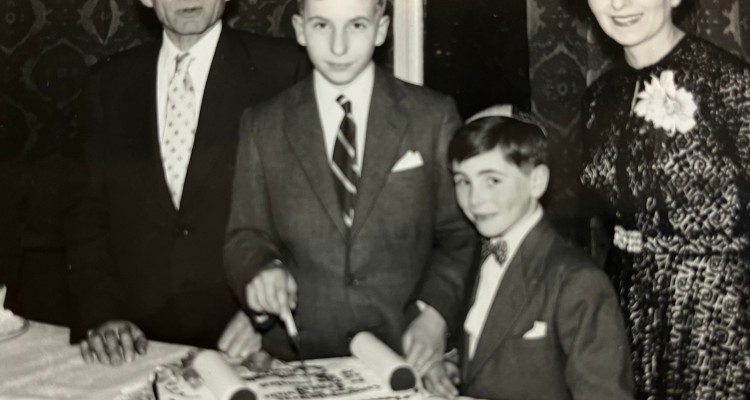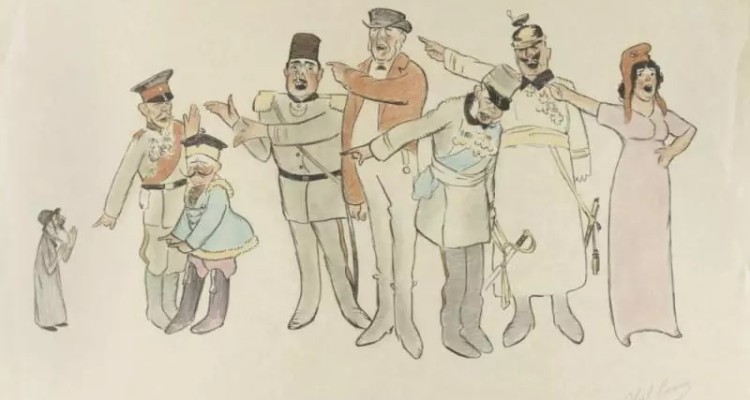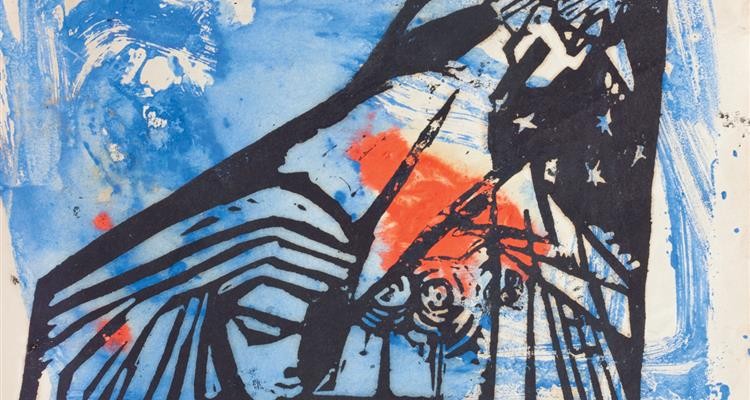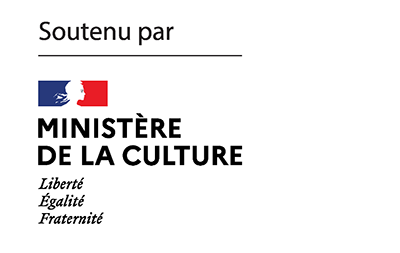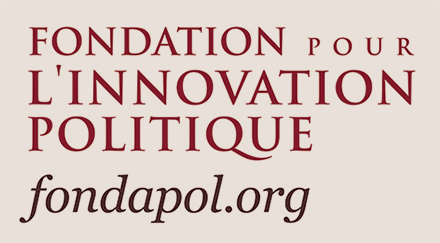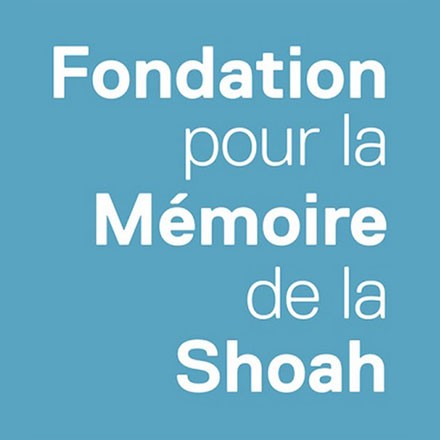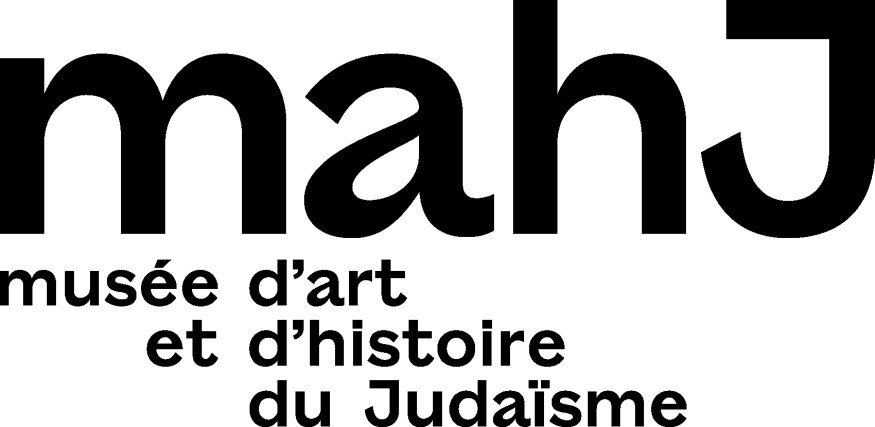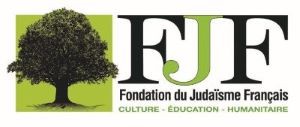History
In twentieth-century Europe, there are places whose names are inextricably linked with the atrocities committed there. Auschwitz, Majdanek, Buchenwald, Dachau, Bergen-Belsen… But not all of them sound German or Polish. The family trajectory of survival and exile that Marta Caraion traces in Geography of Darkness. Bucharest-Transnistria-Odessa, 1941-1981 [Editor’s translation from French original], reveals another toponymy of fear. Transformed by Marshal Antonescu’s Romania into a laboratory for ethnic cleansing, Transnistria is its darkest node. This intimate and brilliantly documented account unravels this knot, thread by thread, exposing the long-obscured memory of the Romanian Shoah.
For the first issue of 2025, we invite you to read or re-read the 7 most popular articles of the past year. The Eternal Settler Benjamin Wexler – Published…
Poland systematically denies any Polish responsibility for the extermination of the Jews. In this article, Elżbieta Janicka, a specialist in the Shoah and antisemitism, denounces the way in which, at Treblinka, this deceptive memorial policy multiplies historical fabrications.
How can we explain the disarray of the European conscience in the face of the rise of antisemitism it promised itself it would “never again” tolerate? In this text, historians Henriette Asséo and Claudia Moatti examine the paradoxes of a Europe faced with the temptation of identity.
The Jews, “ Happy as God in France ”? In this lecture, given at the CRIF symposium “ The Jews in the Republic”, historian Pierre Birnbaum looks back at the history of Jewish emancipation in France, and the dangers it faces today.
In Last Words, Philip Schlesinger weaves a deeply personal narrative about the final moments of his parents’ lives, Béla and Martha Schlesinger, Jewish refugees who escaped Nazi persecution. Their poignant last words recount their early lives in pre-war Europe, marked by war, displacement, and resilience. As Schlesinger reflects on their stories, his own identity emerges—torn between his British upbringing and deep-rooted European heritage.
What if anti-Judaism were not just an irrational prejudice against Jews, but a fundamental structure of Western thought? This is the thesis defended by David Nirenberg in Anti-Judaism, which the Collège de France conference presented in June 2023 on the occasion of its translation into French. In it, we discover a vertiginous problem: the dependence of our moral, philosophical and critical systems on a repulsive figure of the imaginary Jew.
How can we escape the sterile confrontation between messianic Zionism and obsessive anti-Zionism? In this diagnostic text, Noémie Issan-Benchimol and Gabriel Abensour suggest a way out of this fatal alternative. What is at stake? Reinscribing the State of Israel in the exilic condition, and thus stripping it of its exceptional character that inflames radical passions.
Each week this summer, K. brings you a selection of six texts that have already appeared in our pages, and have been brought together for the occasion around a few key themes. This week, we invite you to (re)discover K. ‘s work about the realities of and stories to be told from life in Eastern Europe. With texts by Benny Ziffer, Gabriel Rom, Romano Bolkovic, Yeshaya Dalsace, Emmy Barouh and János Gadó.
Join us
With the support of:
Thanks to the Paris office of the Heinrich Böll Foundation for their cooperation in the design of the magazine’s website.
